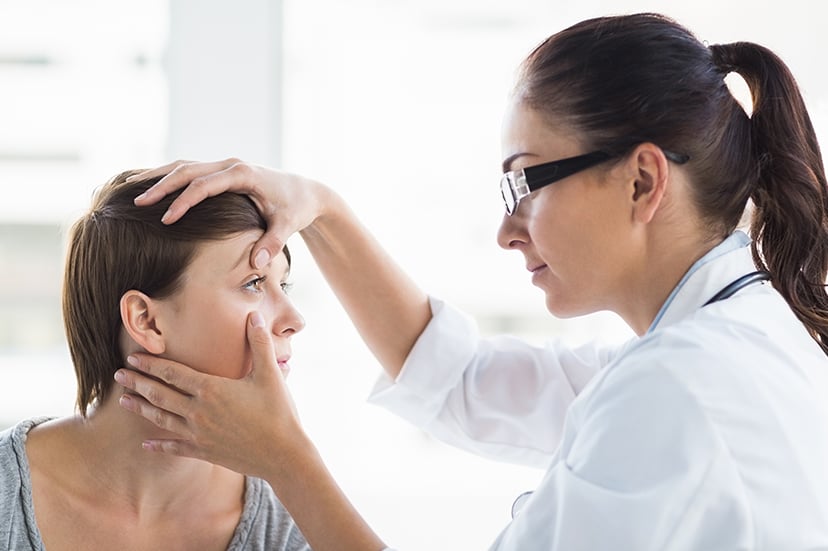
Every part of the human body serves an important purpose and collectively contributes to a person’s overall wellness. Even just one organ or system malfunctioning can lead to other health challenges, and thus, cause a significant degree of uncertainty and stress. The eyes are just one example.
When someone experiences a vision disorder, such as superior oblique palsy, simply getting through the day can become much more difficult.
Superior oblique palsy is an eye disorder involving a weak or paralyzed superior oblique muscle, responsible for rotation. It can be congenital, or acquired through an injury.
A type of binocular vision dysfunction, superior oblique palsy, also called fourth nerve palsy and trochlear nerve palsy, is characterized by misalignment of the eyes, either due to weakness or paralysis of its namesake muscle, responsible for eye rotation. It can be congenital at birth, or develop later in someone’s life due to an injury. A 2017 study published in the Journal of Ophthalmology and shared by the U.S. National Library of Medicine, further explains superior oblique (SO) palsy.
It describes the disorder as “the most common cause of cyclotropia,” causing “a vertical deviation in the field of action of the underacting SO and overacting inferior oblique with excyclotorsion of the affected eye.”
There are several symptoms associated with superior oblique palsy.
Available via an excerpt on peer-reviewed platform ScienceDirect, an explanation of SO palsy from the 2013 Handbook of Clinical Neurology highlights the infamous head tilt that many born with the condition, especially children, exhibit. Referred to as fourth nerve palsy in this publication, SO palsy tends to cause a person’s head to tilt as a way to compensate for the associated diplopia, or double vision, another common symptom.
“Occasionally, congenital fourth nerve palsy is accompanied by facial asymmetry with relative hypoplasia,” or the lack of development of a part of the body (i.e., tissue, organ), “on the side of the tilt,” the report states.
"...nausea, dizziness and headaches are additional symptoms SO palsy patients may experience."
Someone may contract SO palsy after an injury, such as a concussion. Specifically, the aforementioned study explains how “the 4th cranial nerve or nucleus can be damaged from blunt head trauma or vascular ischemic accidents,” which could result in this eye disorder. Some people may experience “image tilting” and other visual changes, as well.
The excerpt explains how acquired fourth nerve palsy also results in “vertical or oblique torsional diplopia, which worsens in contralateral gaze and in downgaze.” This may make tasks, such as “walking down the stairs and reading,” a struggle, it states.
The Neuro Visual Center of New York, a neuro visual therapy practice located on Long Island that works specifically with patients who have binocular vision dysfunction, also points out that nausea, dizziness and headaches are additional symptoms SO palsy patients may experience.
Superior oblique palsy can be treated by visiting with an eye doctor who specializes in binocular vision dysfunction and who can prescribe eyeglasses.
SO palsy isn’t something people will just have to learn to deal with, knowing there is nothing they can do to reduce or eliminate their symptoms. There are ways to help treat the condition.
Surgery is one potentially helpful option, although those interested are advised to consult with a trusted eye care professional before making any decisions.
"While some patients may notice a difference in their symptoms right away, others may begin to see a change following several weeks."
Another treatment is prescription eyeglasses and/or contact lenses. This involves undergoing an extensive eye exam so the doctor can assess the patient’s condition and understand how well the eye muscles are functioning. Such information enables the doctor to then write a customized prescription for the patient that can correct the problem and help the eyes work better together.
While some patients may notice a difference in their symptoms right away, others may begin to see a change following several weeks. Either way, patients will not have to live with the aforementioned symptoms as they did before getting their eyeglasses or contact lenses.












